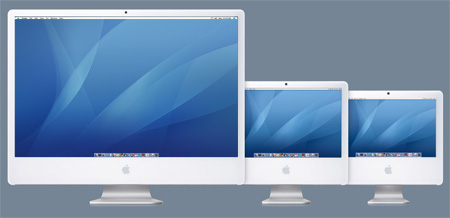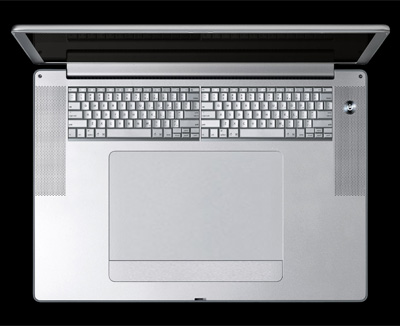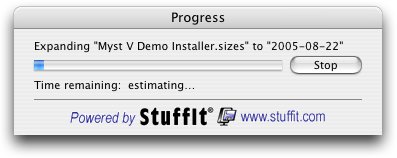There have been various reports (MacCentral, Backup Brain) about Pages, Keynote's significant other in the new iWork suite, being more of a simple page layout program than a true word processor. Somehow, people seem disappointed with this, apparently because they had hoped it would replace AppleWorks (which is getting old) or Word (which is getting on everybody's nerves), but, after seeing the (other) Keynote and playing with Pages on the show floor, they think it's not target at replacing these dinosaurs.
Now call me thick but I don't see how it can be bad news. AppleWorks and Word are a pain to use, not because they don't work well but because of the big problem with the philosophy behind word processors, in the sense that there isn't any.
Indeed, what kind of documents are we supposed to write with a word processor? Mail? I think one would know by now if word processors were made to write mail. For example, let's examine the process of laying out a letter.
A letter usually has a sender address, a recipient address, sometimes things like a subject line or a reference, and a body. In Europe, the sender address appears on the top left of the page and the recipient address a bit lower and to the right hand side of the page so it shows through the envelope window. How are we supposed to place these elements in a word processor?
There are two techniques. The old one, in fact the only one that existed before text blocks made their appearance, is to put them below one another in the main (or only) text area, separated by carriage returns and using a wide left margin for the recipient address. But here's a scoop: while all addresses are equal, some are more equal than others. Let's take a couple of examples:
Mr H. Potter
The Cupboard under the Stairs
4 Privet Drive
Little Whinging
Surrey
and
Mr R. Weasley
The Burrow
While these are obviously fake (sorry kids, I was just joking, of course they are real), let's see what happens in our example if the length of the addresses change as much as this. If they are both long, the recipient address is likely to be shifted enough to push its bottom line out of the envelope window. On the other hand, two short addresses could pull the subject line up inside the window, possibly revealing sensitive information. Here starts a game with carriage returns (and tabs, in the worst case scenario where addresses overlap vertically) that nobody likes to play.
The "modern" technique, that consists in using text blocks for addresses, is only little better. You still have to use carriage returns to prevent the body text to be overlapped by the addresses and word processors are not really built for text blocks anyway and their handling is tedious at best.
With a page layout application on the other hand, you can define a front page template, featuring three adequately text zones for the addresses and body, and a template for the following pages, with just one zone for the remaining of the letter body. Then you write all your mail using this template, only changing the content without touching the page layout — why would you? In a word processor on the other hand, you must concentrate hard to avoid doing something that would screw up the layout of your letter.
Before we end, let's look at other documents for which I think a word processor should not be used and what should be used instead:
- Invoice: Page layout application, for the same reasons as a for a letter;
- CV: Page layout application – it has to look good and this cannot be trusted to Word;
- Newsletter, brochure: Page layout application – you need flexibility and style;
- Scientific paper: LaTeX or FrameMaker – you need control over the text and the separation of content and style;
- Novel: Plain text editor – the only text attribute you use is italic and the typesetter will probably replace it by another font anyway;
- Documentation: LaTeX, FrameMaker or a page layout application, depending on the subject;
- Newspaper article: Plain text editor – it's not your job to layout the text and you wouldn't do it properly anyway;
- Web site content: Plain text editor, for the same reasons as a for the newpaper article.
The bottom line is that I will be disappointed if Pages turns out to be a word processor after all. Word processors are so 20th century.







